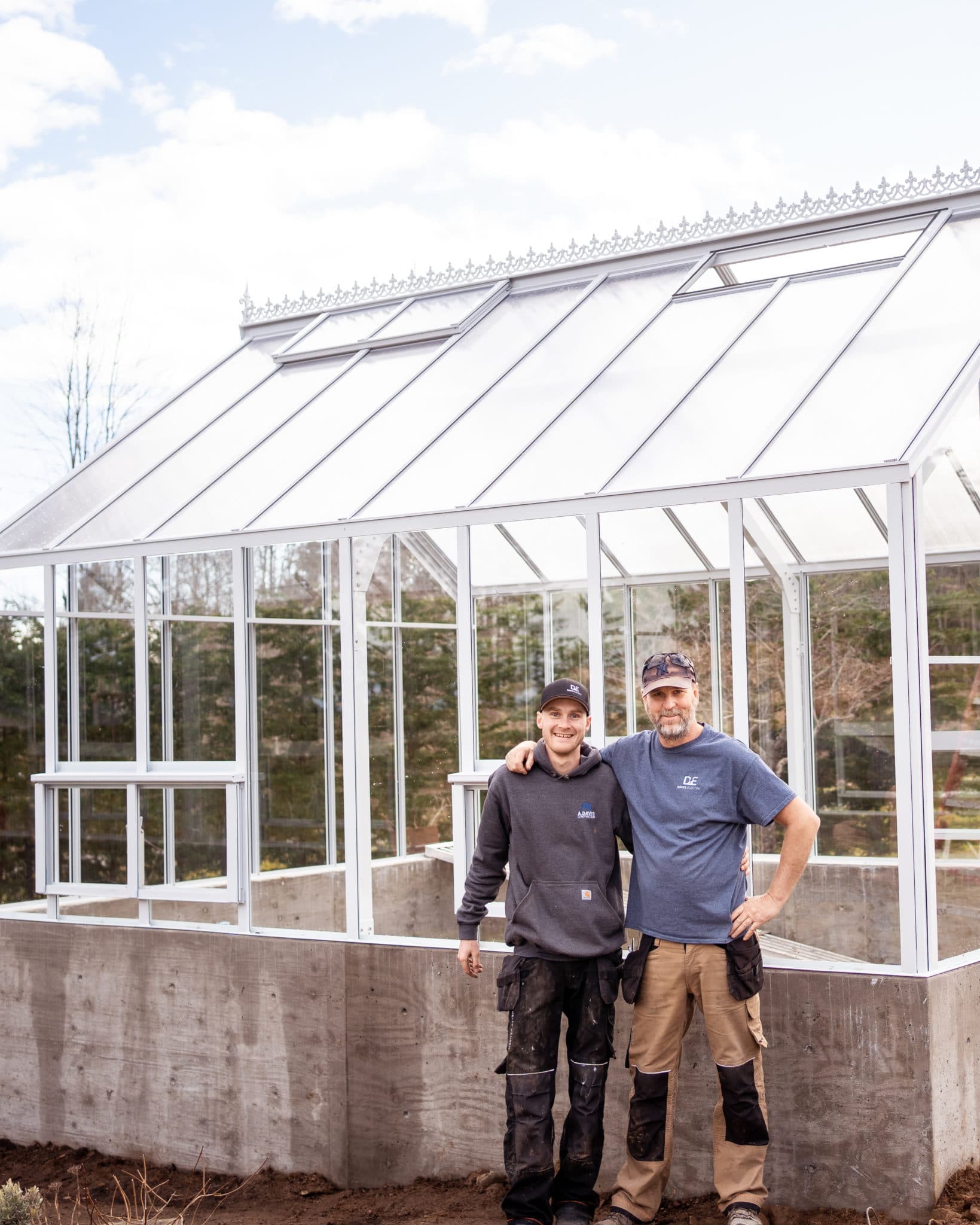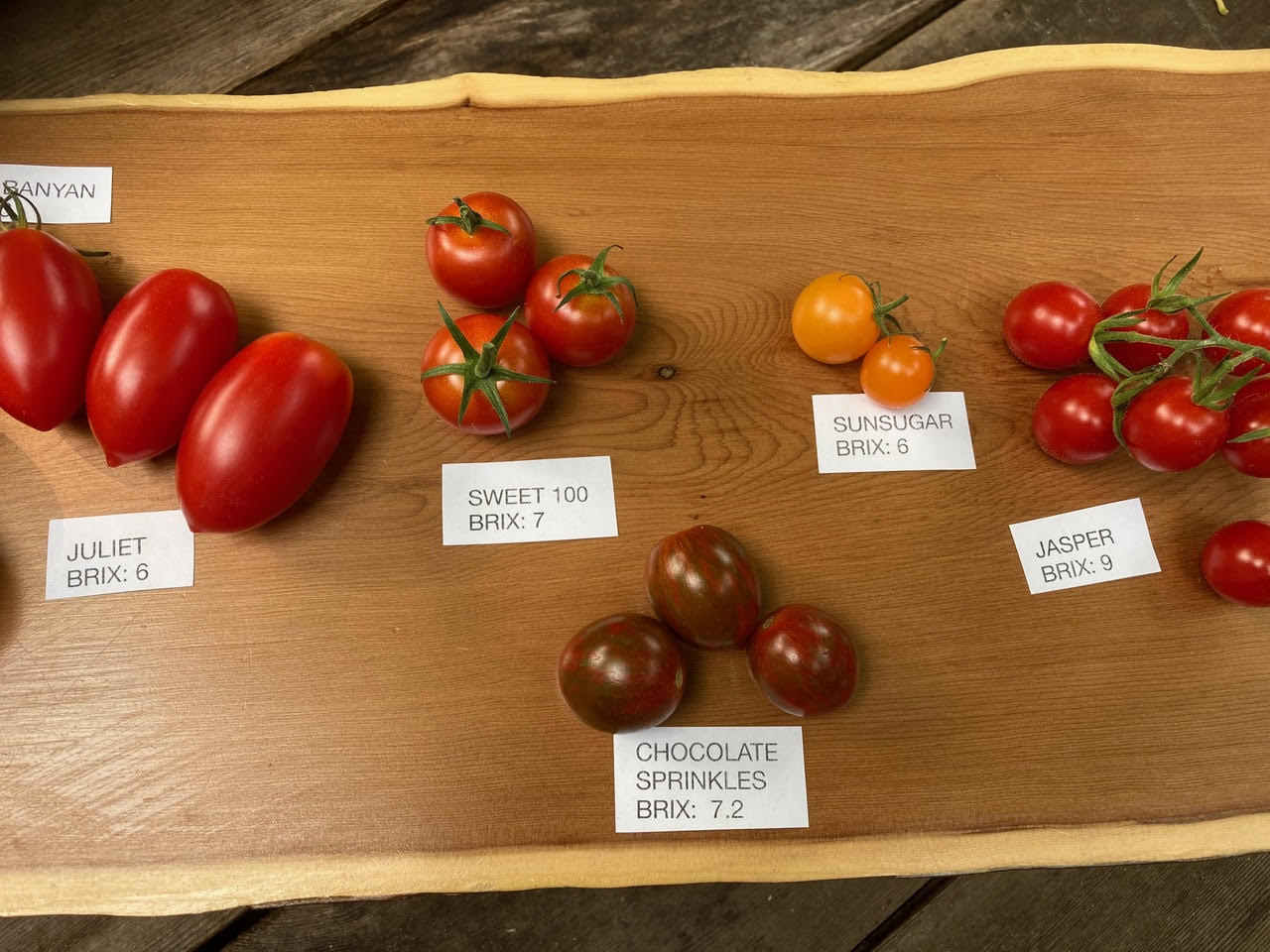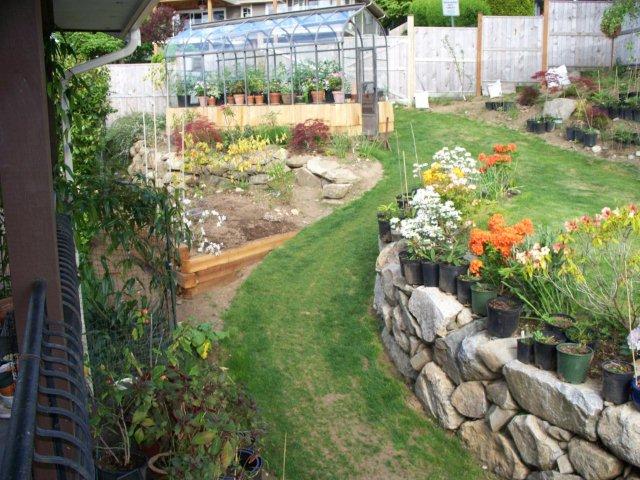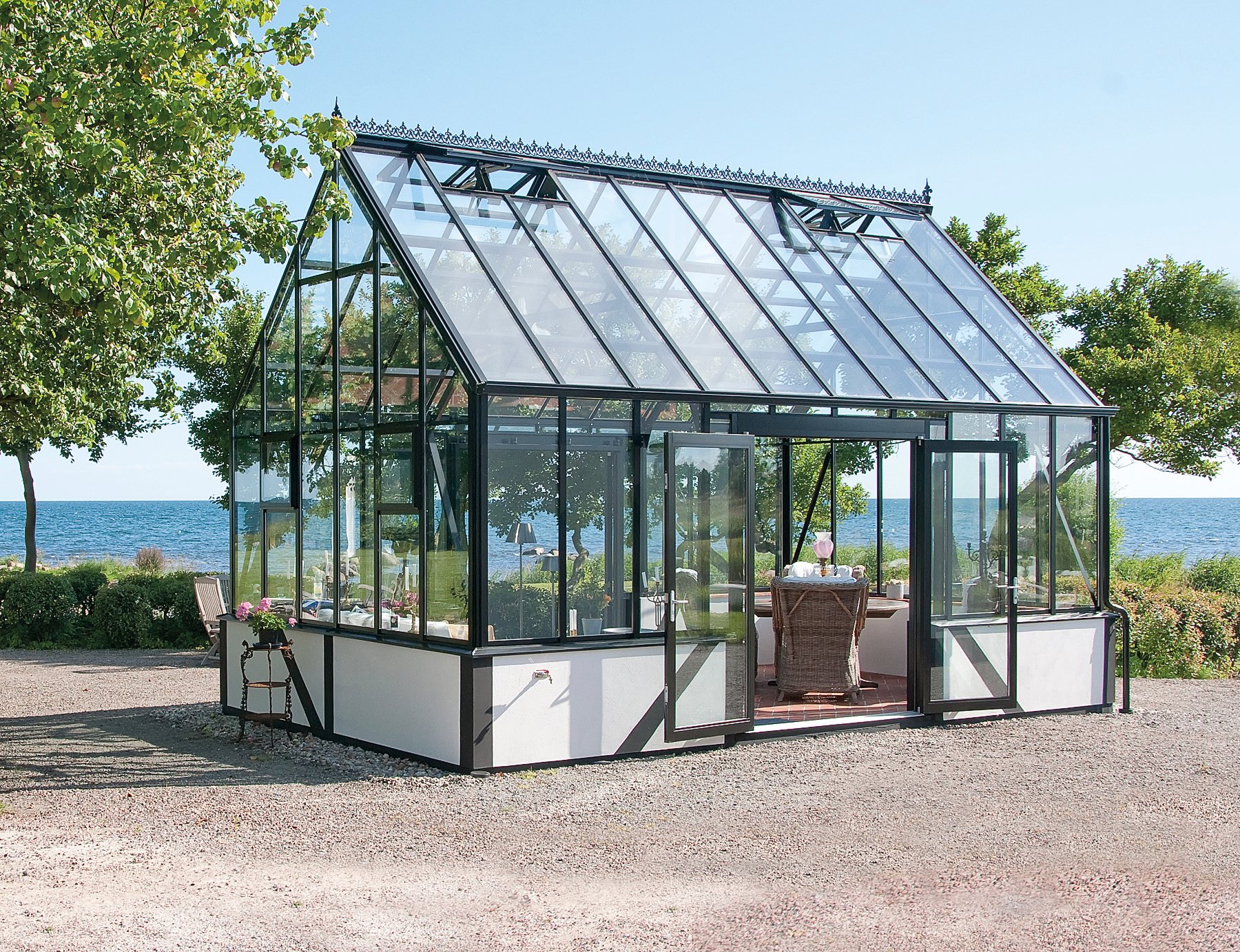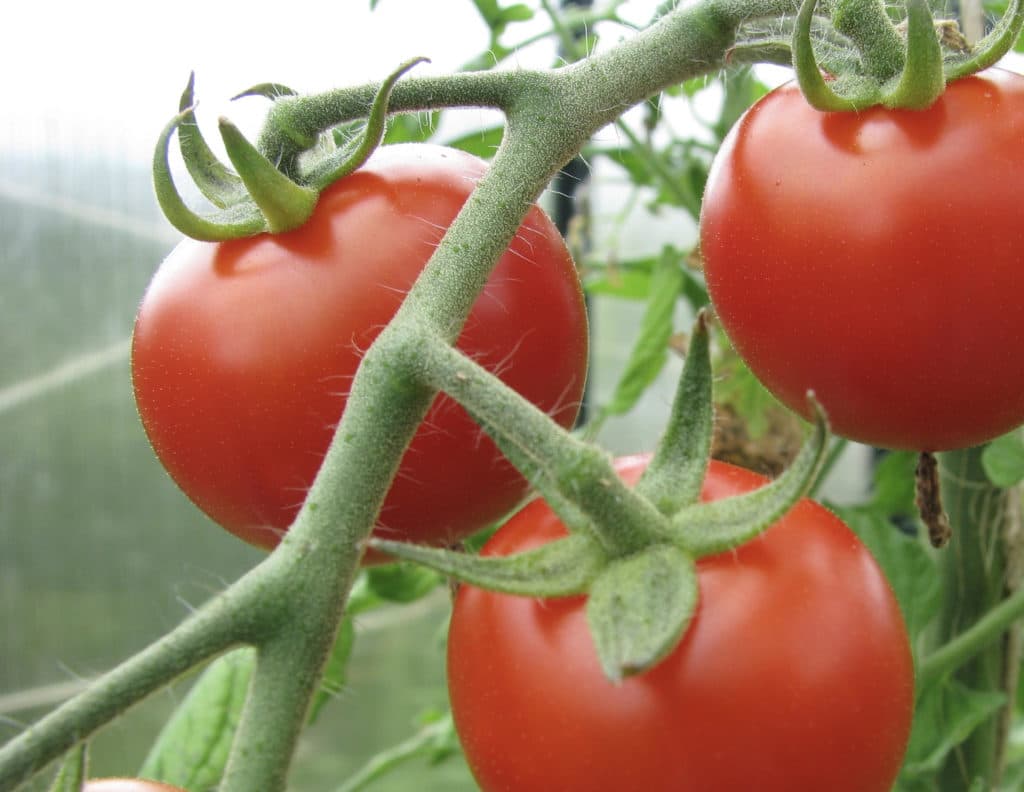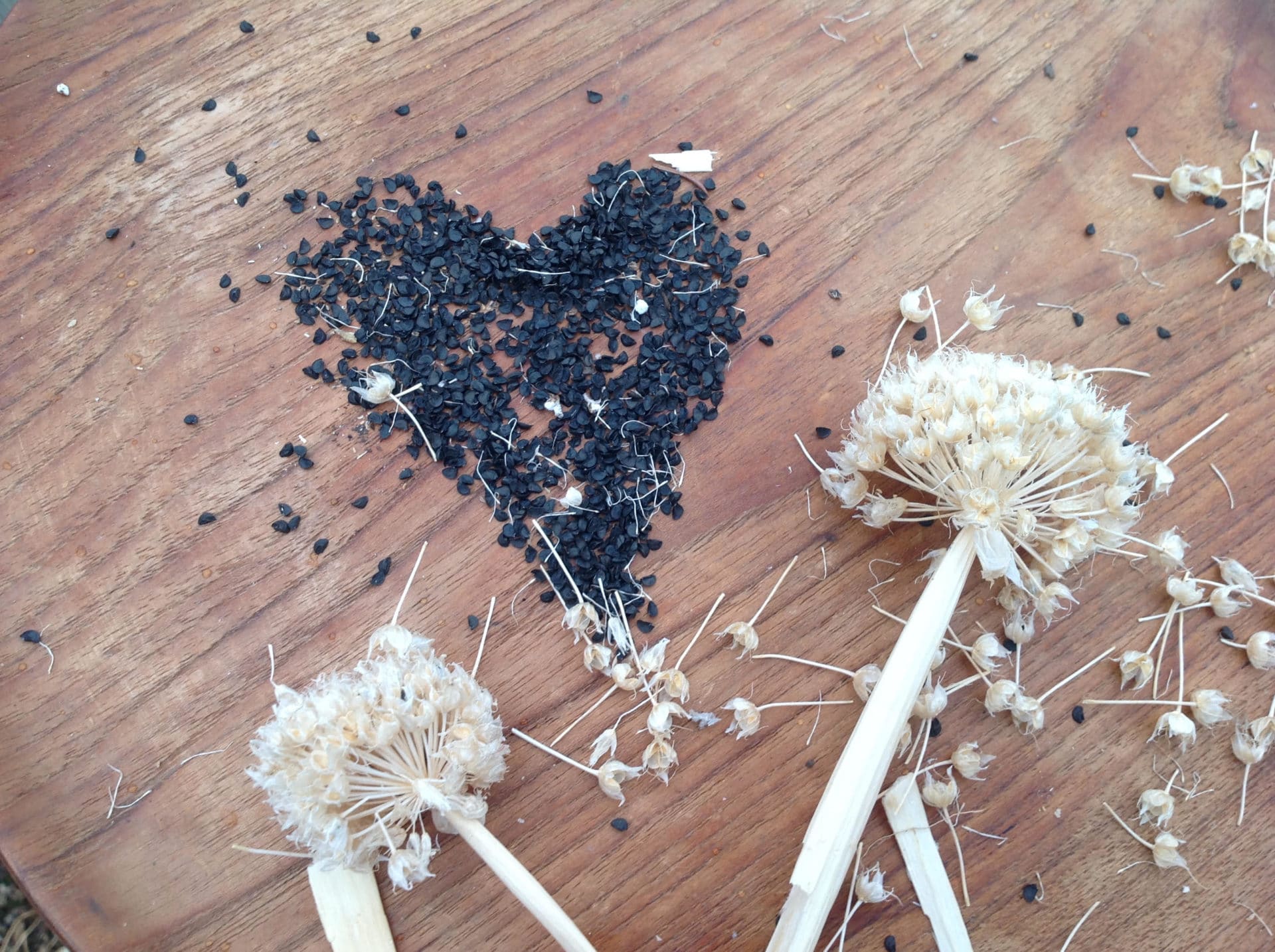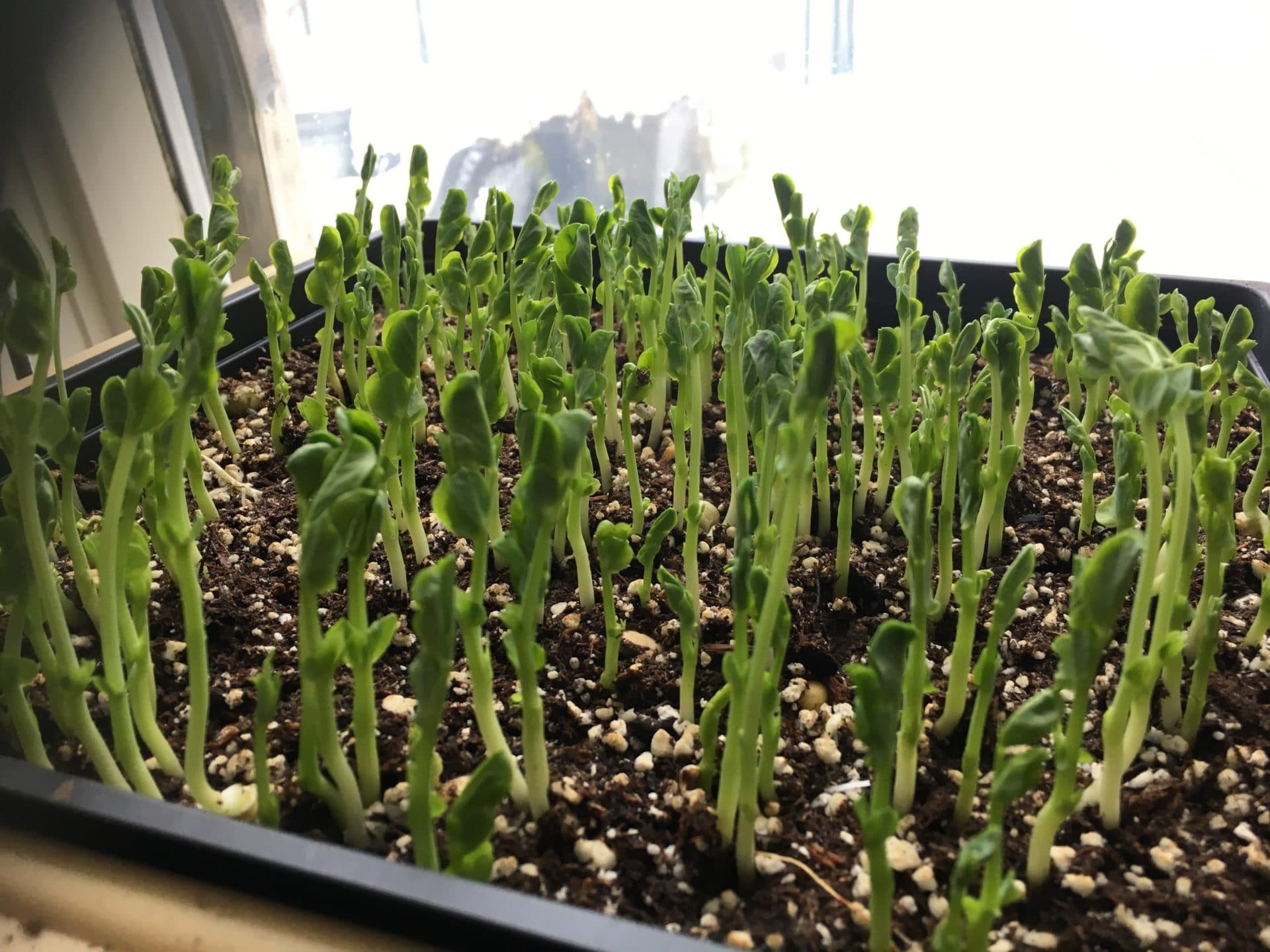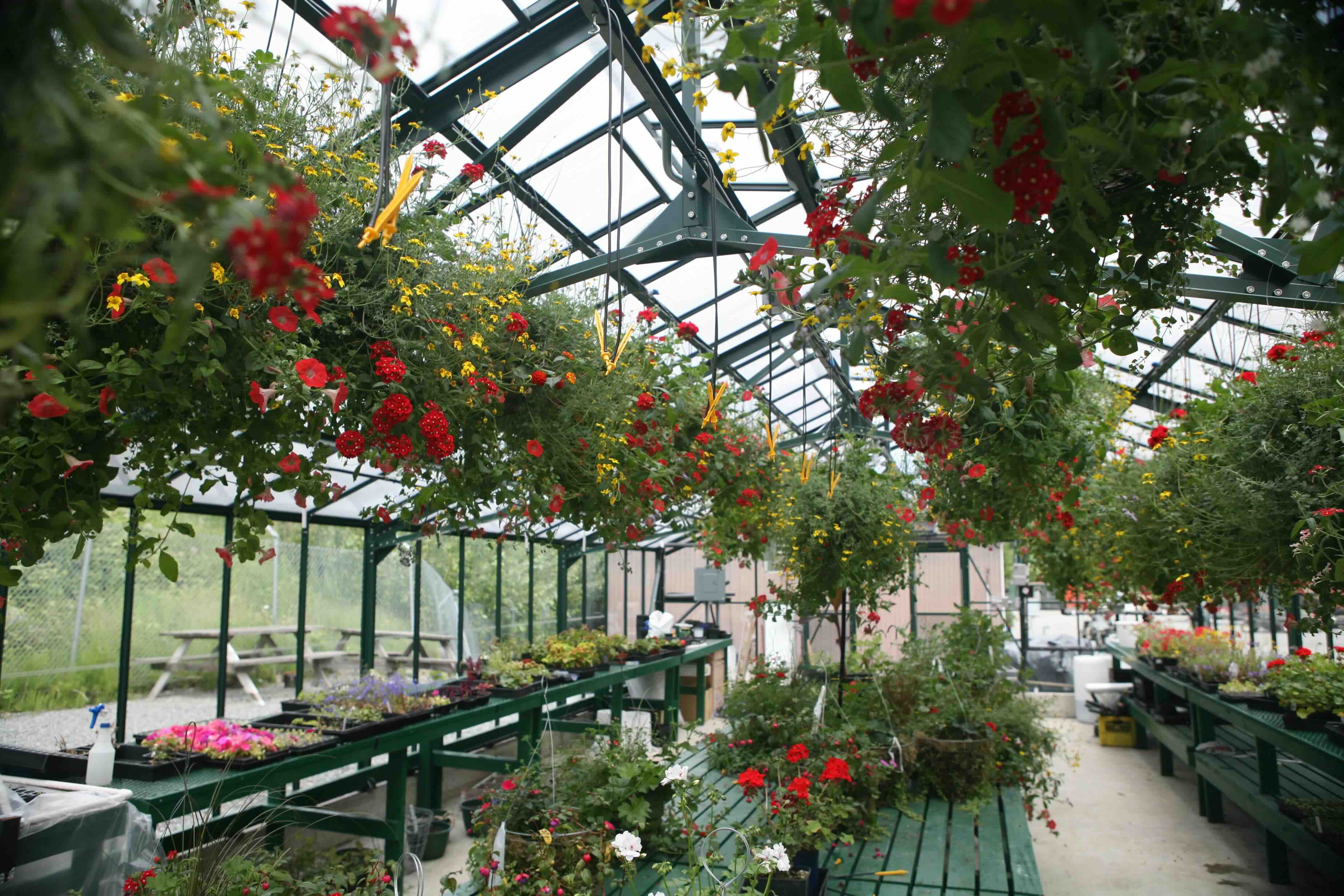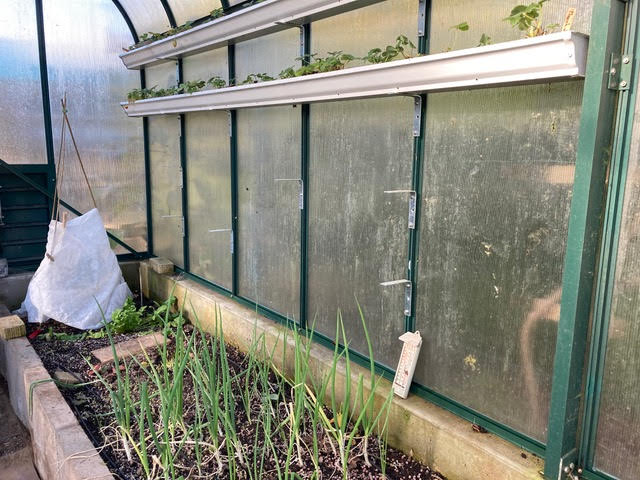A Success Story: The Davis Family's Legacy with BC Greenhouse Builders
As with any company, there are many people, vendors, and supporters that make up the fabric of your success. When I started at BC Greenhouse 10 years ago, they shared with me the story of Erik Davis and it was a pleasure to talk with Russ and Aarron Davis to get the full history of our Vancouver Island connection. It’s clear that Erik Davis was one of the remarkable people that changed the course of our company. Erik was a bricklayer by trade who lived on the Island and he was known for his love of gardening. The president of four garden clubs, Erik was familiar with BC Greenhouses and had met Don Vale who was an installer with BCG. Erik purchased his first greenhouse in 1981.

